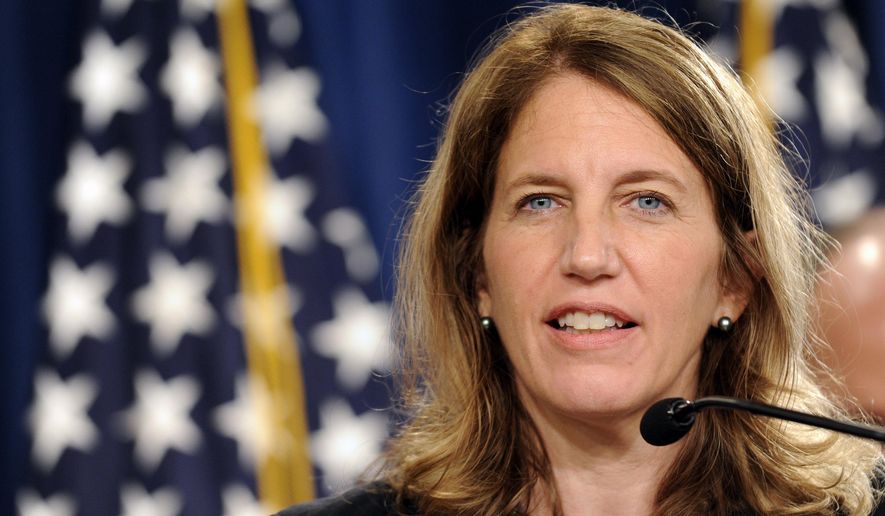WASHINGTON — Nearly 8 million people could lose up to $24 billion a year in health insurance subsidies in a Supreme Court case threatening President Barack Obama’s law, according to a government report released Tuesday.
The estimates by The Associated Press show what’s at stake in the case. Health overhaul opponents argue that subsidies are illegal in some three dozen states where the federal government took charge of running the health insurance marketplaces, or exchanges. The justices heard arguments last week, and the court’s decision is expected in late June.
Tuesday’s report from the Department of Health and Human Services shows that about 7.7 million people in the 37 states with federally-run markets are getting an average of $263 a month to help pay premiums. That works out to around $2 billion a month, although it may drop over the year as the number of people insured fluctuates.
The biggest potential loser would be Florida, with nearly 1.5 million residents getting an average of $294 a month. That works to $440 million a month currently, or up to $5.3 billion a year for the state. The subsidies are delivered in the form of tax credits.
Texas could also face significant exposure. More than 1 million residents are getting an average subsidy of $239 a month. That works out to nearly $2.9 billion a year.
“The simple truth is that millions of Americans in all 50 states rely on the Affordable Care Act for tax credits to buy insurance,” HHS Secretary Sylvia Burwell said earlier this week.
Across the entire nation, a total of 11.7 million people signed up for 2015 coverage in the insurance markets created under Obama’s law. The administration has set a goal of 9.1 million people enrolled and paying their share of premiums in 2015. Since some customers who signed up have yet to pay, the official final enrollment figure is still undetermined.
Last year, there was a drop-off between the initial sign-up total and the final number of those who followed through by paying their premiums. It’s unclear whether the trend will return. For one, open-enrollment season was much smoother. Also, fines are going up for people who are uninsured in 2015 and can otherwise afford coverage.
The health care law offers subsidized private insurance for people who don’t have access to it on the job, plus expanded Medicaid aimed at low-income adults in states that agree to broaden the safety-net program. National surveys have found that the number of uninsured adults declined by more than 10 million since the coverage launch. And updated estimates from the Congressional Budget Office this week show that the cost of the program is expected to be about 11 percent less over the next decade than previously projected.
Nonetheless, Republicans remain committed to repealing what they call “Obamacare.”
The Supreme Court case focuses on the literal wording of the complex law. Opponents say it only allows subsidies in states that set up their own insurance exchanges. Only 13 states and Washington, DC, are running their own online insurance markets. The administration says that, when read in context, the law allows subsidies in all 50 states regardless of whether the federal HealthCare.gov is in charge of sign-ups.
During oral arguments last week, the court seemed divided. The outcome seems to hinge on the votes of Chief Justice John Roberts, who saved the law in another case three years ago, and Justice Anthony Kennedy, who asked skeptical questions of both sides.
It’s unclear whether all the federally-run exchanges would be affected in the same way if the Supreme Court invalidates the subsidies. Three states - Nevada, New Mexico, and Oregon - had either previously run their own markets or taken significant steps. A number of others are partnering with the federal government. But in more than 20 states, Republican lawmakers remain steadfastly opposed to Obama’s law.




Please read our comment policy before commenting.